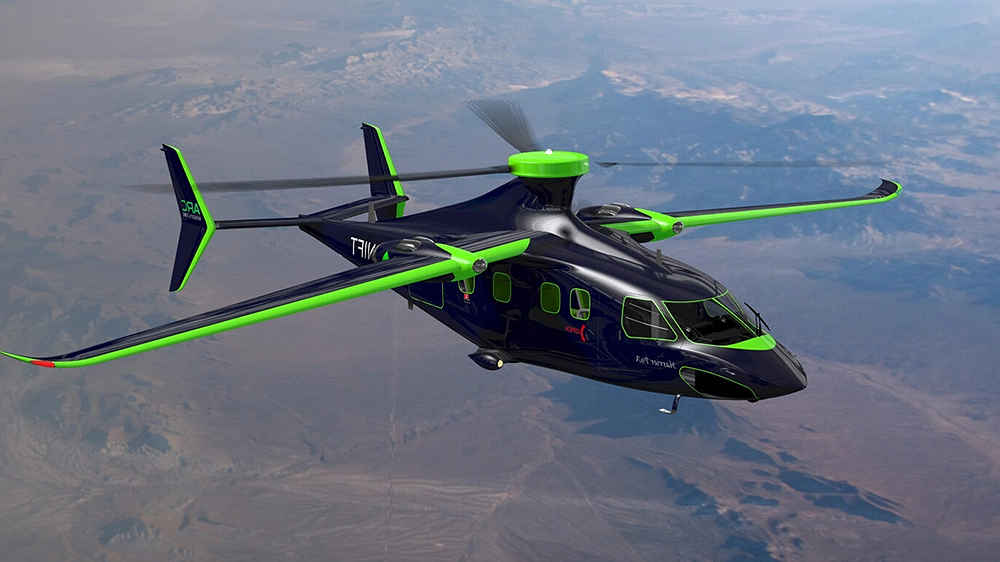A British aviation startup, ARC Aerosystems, has unveiled the passenger-carrying ARC Linx P9, a cross between a fixed-wing aircraft and a large autogyro.
ARC said, “Using Vertical Take-Off and Landing technology, the Linx P9 has the flexibility of a helicopter, with the performance of a fixed-wing utility aircraft, designed to address the challenging needs of regional air mobility.”
The Linx P9 (stands for nine passengers) cabin roughly doubles the payload of typical eVTOL air taxis, meaning it can take more passengers and cargo. It’s said to be similar to an AW109 helicopter in terms of size.
The Linx is equipped with a single rotor and twin turboprop engines that can run on Sustainable Aviation Fuel (SAF) or even hydrogen in the future.
Other details so far released include a lightweight, low drag composite airframe, with a top speed of 200kt and a cruise of 162kt. Ceiling is 13,000 feet and maximum range is 512nm.
ARC was previously known as Samad Aerospace and has received UK govt funding for its e-Starling electric drone developments, and is based at Cranfield, Beds.

ARC explains how the Linx P9’s combined technology works:
“Take-off is initiated as the pilot pulls the collective pitch lever, increasing blade pitch [and] he simultaneously pushes engine throttles to full power. The large diameter rotor is spun up to high speed (with the blades at zero incidence) using a high torque electric motor. The rotor lifts the aircraft upward while the engines accelerate the aircraft towards sustainable auto-rotating flight.
“Cruise flight is when about 90% of the aircraft’s weight is shifted onto the wing. The reduction in load allows the rotor to be slowed, reducing drag significantly. As the wing is not used at low speed, it can be made smaller than that of a fixed wing aircraft of similar size, reducing drag and weight.
“Landing is achieved in a similar way to take-off. The Linx approaches on a typical l5-10 degree flight path, keeping rotor energy high. As the aircraft nears the ground, the Linx will flare, decelerating and descending to a zero roll landing.
“The new ARC Linx P9 could enter service as soon as 2028.”
ARC Aerosystems













